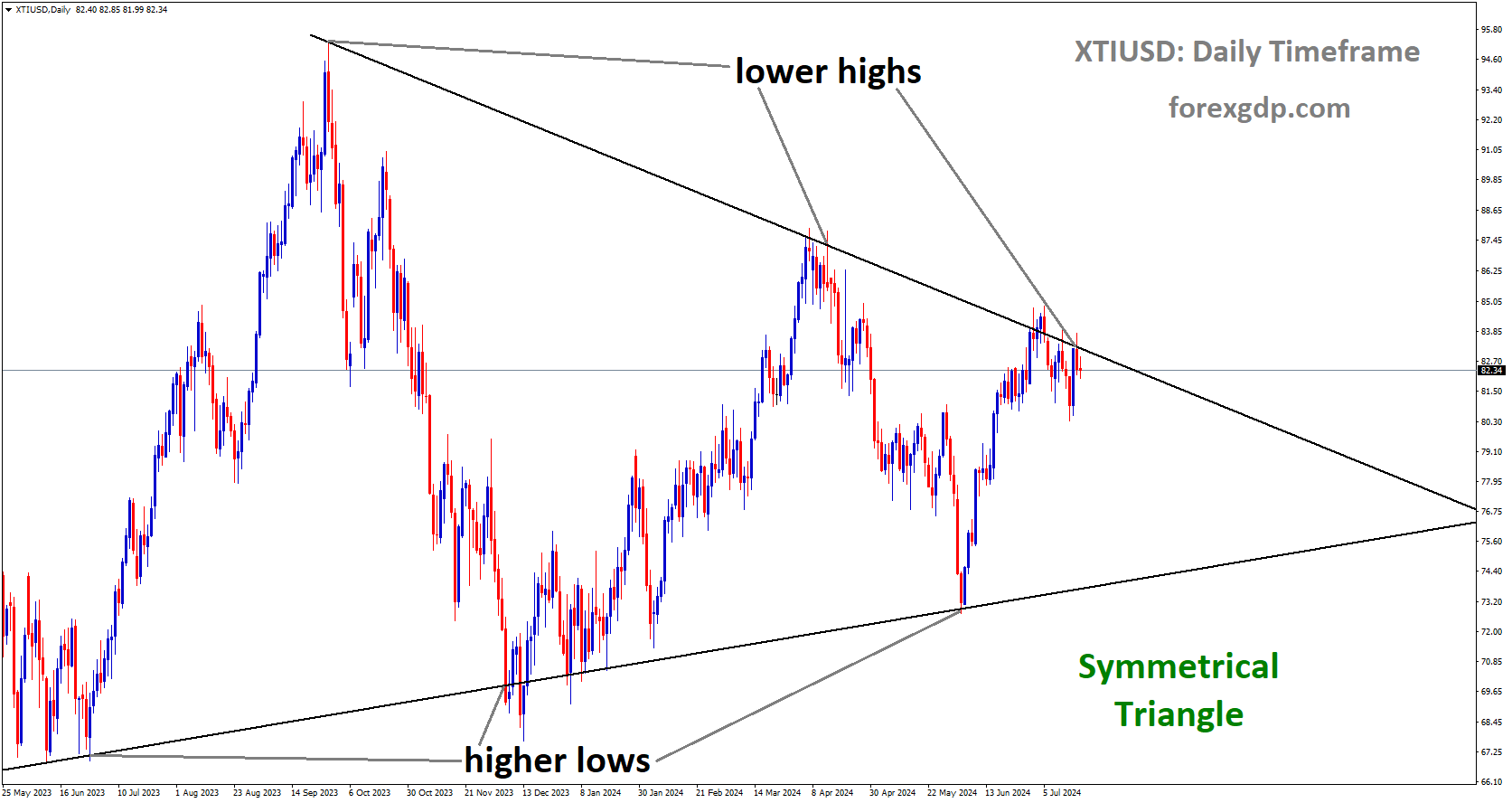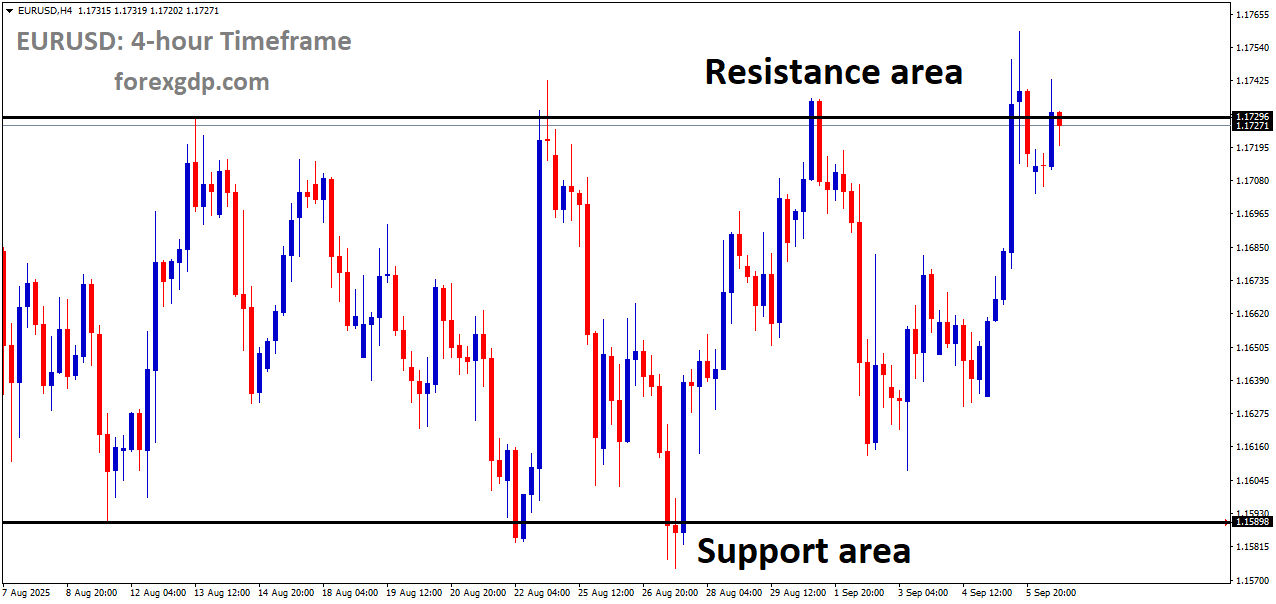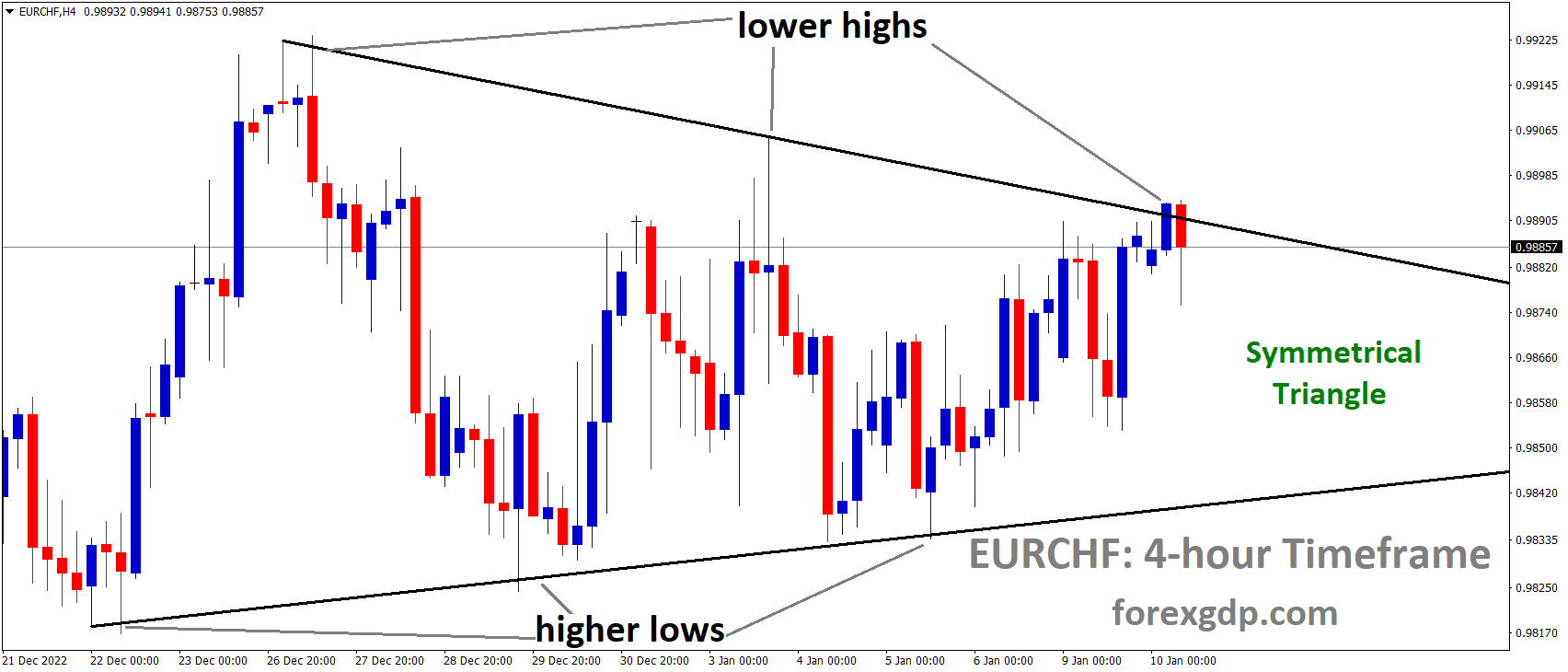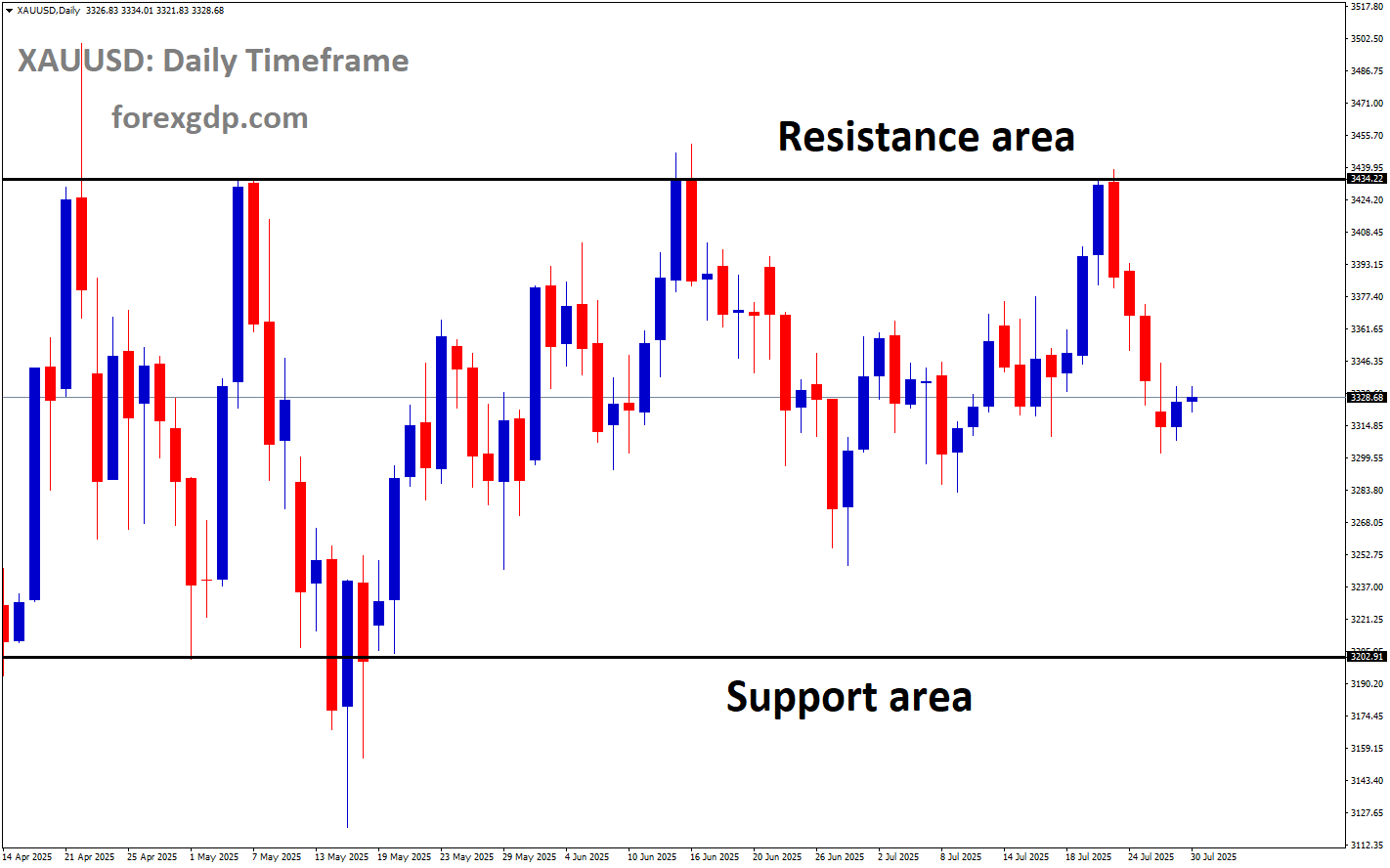XTIUSD is moving in Descending channel and market has fallen from the lower high area of the channel
WTI Oil Prices Drop as US Dollar Gains Strength
West Texas Intermediate (WTI) oil prices have been on a downward trend recently, and it seems like the strong US Dollar (USD) is playing a significant role in this decline. In this article, we’ll explore the various factors affecting WTI oil prices, including economic concerns, the US Federal Reserve’s potential actions, and the global demand for oil. Let’s dive into the details and understand what’s driving the WTI oil market.
The Impact of a Stronger US Dollar
A key factor influencing WTI oil prices is the strength of the US Dollar. When the USD strengthens, it generally makes commodities priced in dollars, like oil, more expensive for foreign buyers. This often leads to a decrease in demand, putting downward pressure on prices. Recently, higher US Treasury yields have supported the strength of the Greenback, contributing to the ongoing decline in WTI prices.

US Dollar and Risk-Off Sentiment
Risk-off sentiment in the market has also bolstered the USD. Investors tend to flock to safe-haven assets like the US Dollar during times of uncertainty or market volatility. This increased demand for the USD can lead to its appreciation, further impacting oil prices negatively. The combination of a strong dollar and risk-off sentiment has created a challenging environment for WTI oil prices.
Mixed Signals About Global Oil Demand
Oil traders are currently grappling with mixed signals regarding global oil demand. There are concerns about a potential global economic slowdown, which could reduce the demand for oil. At the same time, there are rising expectations that the Federal Reserve (Fed) might lower interest rates soon, potentially spurring more spending on oil. These conflicting factors make it difficult to predict the future direction of WTI prices.
US Initial Jobless Claims and Market Expectations
Recent data on US Initial Jobless Claims has added to the market’s uncertainty. For the week ending July 12, the number of new unemployment benefits seekers rose to 243,000, higher than the expected 230,000 and the previous week’s revised 223,000. This increase in jobless claims suggests a weakening labor market, which could prompt the Fed to consider cutting interest rates in September. A rate cut might boost economic activity and increase oil demand, but the current labor data adds to the complexity of the situation.

XTIUSD is moving in Symmetrical Triangle and market has reached lower high area of the pattern
Fed Officials’ Perspectives on Interest Rates
Several Federal Reserve officials have recently shared their views on the potential for interest rate cuts. Fed Governor Christopher Waller mentioned that the central bank is “getting closer” to considering a rate cut. Similarly, Richmond Fed President Thomas Barkin noted that inflation easing had begun to broaden, and he would like to see it continue. These statements from Fed officials are being closely watched by the market, as any indication of a rate cut could influence oil prices.
The Role of China’s Economic Situation
China, the world’s largest oil importer, also plays a crucial role in the global oil market. A slowing Chinese economy in the second quarter has raised concerns about future oil demand. Chinese leaders have indicated that Beijing will maintain its current economic policies, but they have provided few specific details. The lack of concrete measures to revitalize China’s faltering economy has failed to alleviate demand concerns from the top oil importer.
China’s Third Plenary Session
China’s Third Plenary Session concluded without any significant new policies to boost the economy. A senior Chinese official for economic affairs noted that China’s economic recovery is not robust enough and emphasized the need for more effective implementation of macroeconomic policies. This uncertainty regarding China’s economic outlook adds another layer of complexity to the global oil demand picture.
Summary
In summary, WTI oil prices are currently under pressure from a stronger US Dollar and mixed signals about global oil demand. The strength of the USD, supported by higher US Treasury yields and risk-off sentiment, has contributed to the decline in oil prices. Meanwhile, conflicting factors such as expectations of a Fed rate cut and concerns about a global economic slowdown add to the market’s uncertainty. Additionally, China’s economic situation and its impact on oil demand remain critical factors to watch. As we move forward, oil traders will need to navigate these complex dynamics to understand the future direction of WTI prices.
Don’t trade all the time, trade forex only at the confirmed trade setups
Get more confirmed trade signals at premium or supreme – Click here to get more signals , 2200%, 800% growth in Real Live USD trading account of our users – click here to see , or If you want to get FREE Trial signals, You can Join FREE Signals Now!






